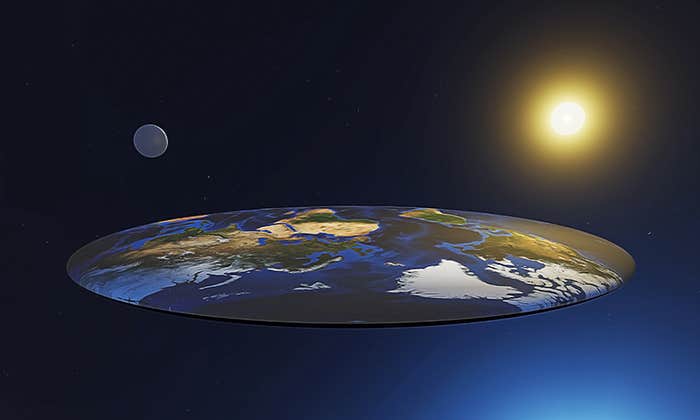One question for Ralph Chami, a financial economist, assistant director at the International Monetary Fund (currently on sabbatical) and co-founder of Blue Green Future, which aims to protect Earth’s ecosystems by recognizing their true value in our global economy.

How much is a living elephant worth?
How much would you pay an elephant to be an elephant? Or a whale to be a whale? It may seem like a funny question, but humans have a strange way of valuing nature. We don’t have a good way of valuing the services of the living plants and creatures. We have a good way of pricing the dead flora or fauna, but not the living one. I am not talking about philanthropy. I am talking about paying the animals for their ecosystem services so we can keep enjoying them—because all of them perform ecosystem services without which we won’t be able to exist as a species.
Take elephants. Elephants increase carbon sequestration by way of the plants they eat and don’t eat. They like to eat plants low in fiber and high in protein, which means they leave out plants that are high in fiber and low in protein. Plants high in fiber store more carbon. As a result, those plants get more light, rain, and nutrition, so they grow bigger—and sequester more carbon. So elephants are our allies in the fight against climate change. There was a 2019 study that showed forests that have lost their elephants have lost the ability to capture carbon. So how much would you pay an elephant to keep doing that? What salary would you pay the elephants for sequestering carbon on our behalf?
In one of our papers, we estimated that an elephant’s contribution to the carbon sequestered by the biomass of the tropical forest is worth about $2 million dollars over the animal’s lifespan. Much more than a dead one. For poachers, the price of a dead elephant is about $30,000 to $40,000, for its tusks.
Elephants are our allies in the fight against climate change.
Now take the great whales. They spend a lot of time feeding on krill in the northern parts of the planet. Then they migrate to the Southern Ocean where they release the stored nutrients—iron, phosphorus, and nitrogen—in their fecal plumes, otherwise known as great whales’ poop. That poop fertilizes the nutrient-poor waters of the Southern Ocean, feeding the phytoplankton, which is then feeding the krill, which, in turn, is feeding other ocean species, like fish penguins consume. The world’s phytoplankton captures four times more CO2 than the entire Amazon rainforest. So in a sense, the whales are just like the forest elephants, promoting growth of “ocean’s trees”—phytoplankton. Moreover, whales capture carbon in their body, and when they die, they sink to the bottom of the ocean, carrying about 9 tons of carbon, on average. The whale, in a sense, captures carbon equivalent to thousands of trees. The value of the carbon services of a single whale is over $2 million.
Now a boat that comes into New York harbor accidentally strikes and kills a pregnant female whale—that’s two dead whales—what’s the penalty? Zero. If anywhere in the world you accidentally kill a whale today, there’s no penalty. So the current system prices a living whale at zero, despite the fact that the whale is a great ally against climate change and is providing a carbon sequestration service worth $2 million.
Some people say that nature has an intrinsic value and is priceless. Yet, despite all this rhetoric, nature is dying and so is its biodiversity. Why? Because, by not assigning a dollar value to the ecosystem, we made it easy to destroy.
The whale captures carbon equivalent to thousands of trees.
If we want to protect and restore nature, we need to find a way to value the services of a living nature. Then we need to build a market for those services, and a trust fund that gets all the money from the sale of those services. That trust fund is invested, and the income from the investment is used to look after nature and the stewards (indigenous populations and local communities) of nature in perpetuity.
How do we do this? My idea is to create endowment funds that will be funded by the sale of carbon or biodiversity from the ecosystem services of nature to big companies, which use these credits to meet their environmental commitments. The local communities and indigenous people should be part and parcel of it. And the funds should be governed by the joint teams of the local governments, the scientists, and the investors who invested in that nature. At Blue Green Future, we have actually designed a governance mechanism for such funds, but we haven’t implemented it yet.
A dead whale continues to be sold for its blubber or its meat, at least in some parts of the world. Dead whales fetch about $40,000. As long as timber is worth more than a living tree and a dead elephant is worth more than a living one, the incentive to destroy nature will be there. We need to change that mindset. ![]()
Lead photo by Kevin Berger




























